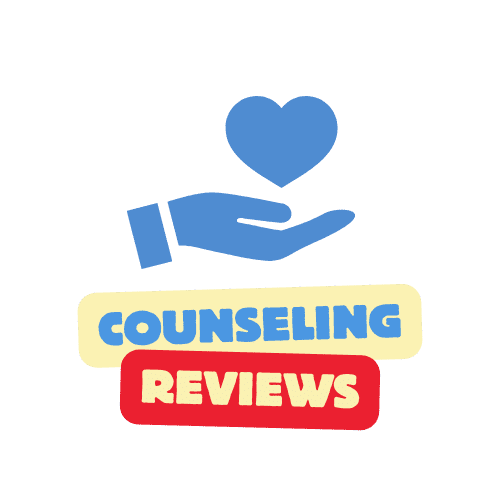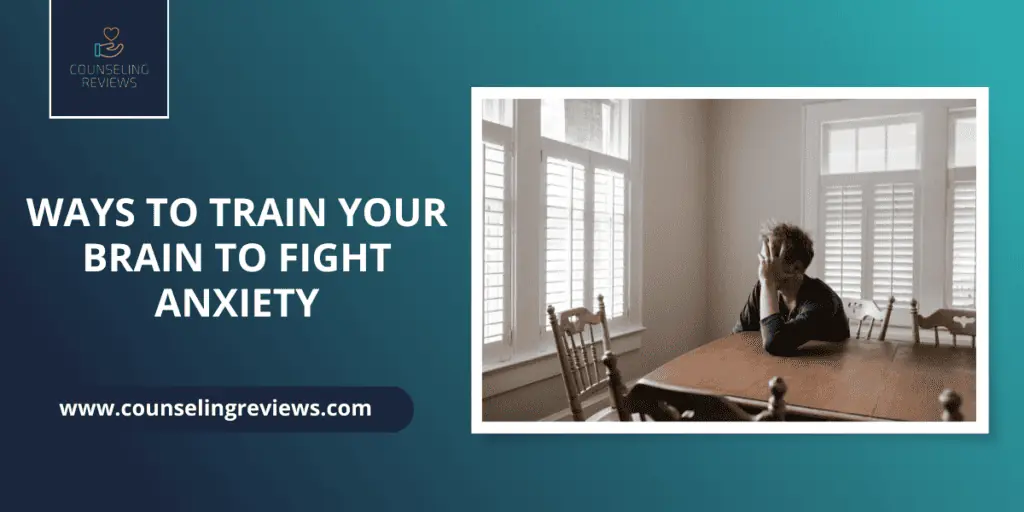1. Consciously decide to work on your concerns within a time frame.
After you write a thought diary, it is essential to identify patterns in your record.
- Usually, people with anxiety experience automatic negative thoughts which stem from previously learned beliefs. Many of these beliefs have no basis in reality, and it is important to challenge beliefs for which there is no evidence.
- As time passes and we recognize these self-defeating and negative beliefs, we can counter thoughts originating from these beliefs with more rational and logical ones.
- If you cannot work with your thoughts and emotions, you can also try to modify your behavior. To do this, all you need to do is to look at the third column, which states what you did after you felt anxious. Instead of repeating the same behaviors (such as rolling in bed and continuing to think worrying thoughts), you can try distraction techniques, listen to music, call somebody over the phone, or do anything unrelated to anxiety.
However, ensure you give yourself a timeframe to do all this. Do not spend weeks and months writing the thought diary without having a plan.
2. Tackle anxiety one step at a time.
Evaluating your thought diary and identifying automatic negative thoughts and underlying faulty belief systems are important. However, take things slowly, and tackle anxiety one step at a time. It is much easier to break things down and tackle each thought pattern at a time.
For example, if making presentations scare you, list what scares you about making presentations. These could range from being ridiculed by peers, fearing negative evaluation by superiors, or something innocuous such as worrying about burping while making a presentation (these sorts of irrational worries are pretty common).
Once you list your fears, you can organize them in a hierarchy of what worries you the most and the least. Attend to things that concern you the least, and when they no longer make you anxious, move to the next step in the hierarchy.
3. Identify possible alternatives
Once your anxiety reduces, consciously imagine anxiety-provoking scenarios and think about all the things that could go wrong. Tell yourself that most of these possibilities cannot occur in reality and that you are catastrophizing specific outcomes. At the same time, think about all the possible scenarios that can go well.
For example, you may not burp during the presentation if you drink water, or you could excuse yourself if you do burp. Evaluate why burping makes you so scared of a presentation, and we all are human anyway. By considering these alternatives, you can try to reduce your anxiety. Remembering that anxiety will not go away just by imagining a better outcome is essential. Instead, you may feel more uncertain about it all and feel stuck.
4. Attempt to tolerate uncertainty.
When you can no longer break free from anxiety, the next step is to attempt to face your worries. However, do not push yourself, and do not try to bear what you cannot.
- Go back to the list of anxiety-provoking situations arranged in a hierarchy.
- Practice each situation in real-time, and explore how much you can bear anxiety.
- This is a test and an exercise for you to tolerate uncertainties.
With time, your mind learns to tolerate higher levels of uncertainty and evaluate anxiety-provoking situations more benignly.
Other alternatives to fight anxiety
If standard at-home approaches to training your brain to feel less anxious don’t work, you can try other alternatives.
Biofeedback for anxiety
Biofeedback is a mind-body technique that uses breathing, brain waves, temperature, heart rate, muscle activity, and sweat gland activity to identify anxiety levels. You can use mobile apps and specific pads to monitor different physiological processes and manage anxiety by controlling your breathing, relaxing your muscles, and trying thought-restructuring strategies simultaneously. Usually, this is done in clinics, but pads and apps can be purchased in some locations. Biofeedback for anxiety is an evidence-based treatment.
Progressive muscular relaxation
In addition to thought restructuring and brain training, you can include relaxation exercises to control anxiety. Clinical psychologists use Jacobson’s progressive muscular relaxation (JPMR) technique, the most popular relaxation exercise. This exercise requires you to tense and relax various muscles step-by-step to reduce anxiety sensations.
Physical activity
Exercising is a panacea for a variety of physical and mental ailments. Endorphins are released during physical activity, and they help reduce stress levels and make you feel good. Regular physical activity is strongly associated with reduced anxiety levels, improved mood, and better sleep quality. Combining physical activity with other forms of mental health interventions is always a good idea.
Seek professional help
If none of the steps listed above help you to reduce your anxiety levels, you may need professional help to address your anxiety. Different forms of psychotherapy, such as cognitive behavior therapy (CBT), behavior therapy (BT), dialectical behavior therapy (DBT), and others, can help treat both acute and chronic anxiety disorders. If you cannot visit a mental health professional’s office, you can try seeking online therapy too.





